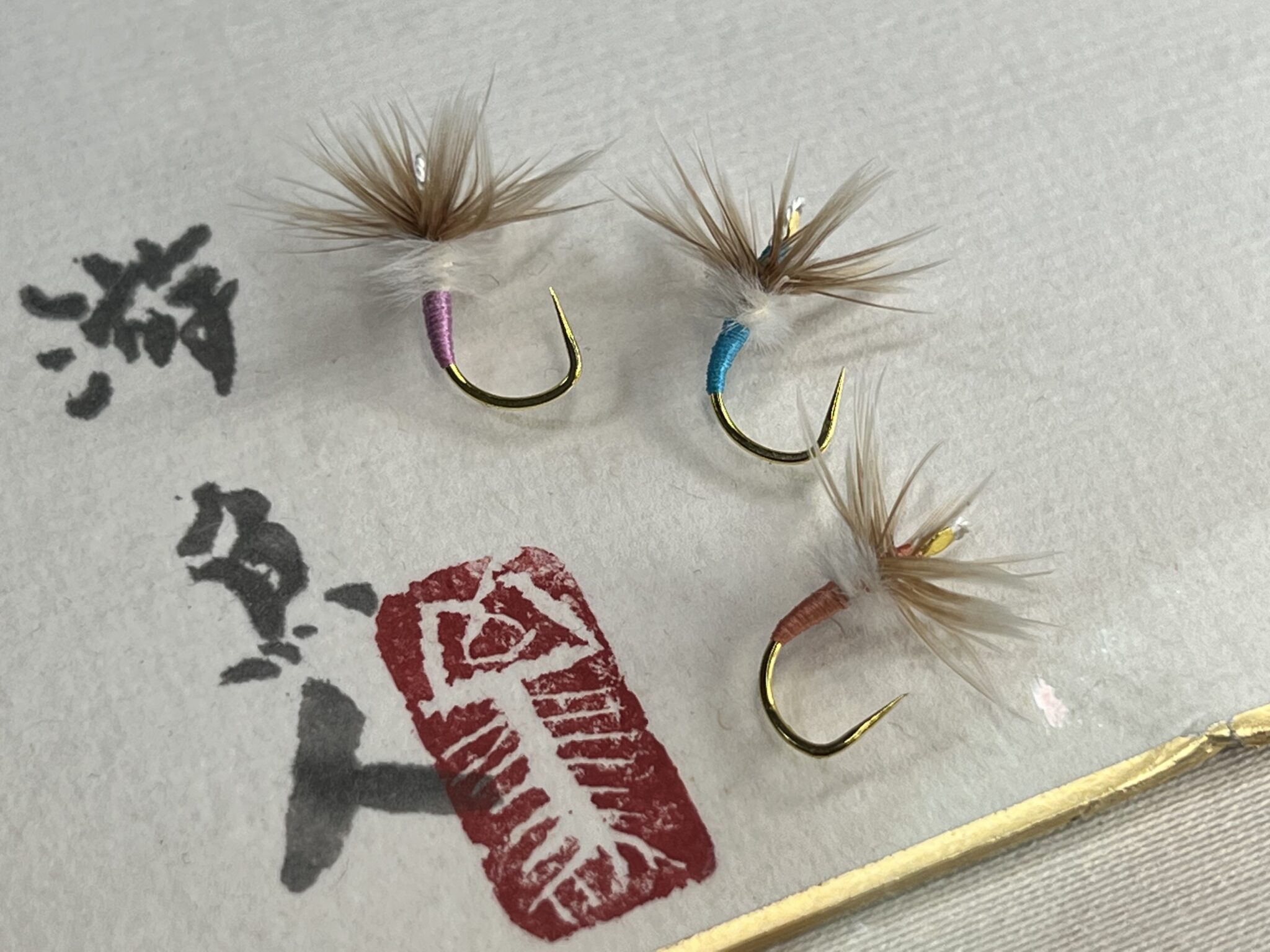
Most of my flies tend toward darker or bolder colors: bright red, dark browns, peacock herl, etc.. And I typically tie them on black nickel hooks. I imagine it’s my subconscious clinging to an old rule I learned as a young angler:
“Murky water, dark flies. Clear water, bright flies”
Of course, this is true. And, of course, the exact opposite is also true. Like all adages whose legitimacy erodes as we age, this one crumbled as my experience grew. I’ve caught just as many fish on black flies in clear water as I have bright flies. And vice versa.
Charmingly contradictory folklore aside, it occurred to me that on a practical level, my fly collection lacks a healthy selection of lighter colored kebari. So, after a little experimentation, I came up with what I call the “Silk Road Kebari”.
I named it that (obviously) because 50% of the materials are real silk, but also because I wanted it to have a soft, glowing aura about it rather than a dark, well-defined silhouette.
I was going for a luxurious look–like a posh silk robe (hence the plush ostrich collar) in subtle pastel colors. In other words, quite a departure from my other patterns. But it came out of an experience from the past …
Years ago, I tied flies very similar to these. It prominently featured a white hotspot on the back of the fly. The main difference was I used eyed hooks then and the fly had 1/3 of the body as white thread. The white proved to be a good trigger feature that I would also incorporate in other patterns..
In this incarnation however, I simply swapped the position of the white hotspot from the back to the front and replaced it with the white ostrich herl and a white silk loop eye to make it more elegant.
The “silk” part makes sense, but what about the “road”? Running the silk routes was nothing short of a mission, an adventure (or more accurately, a “misadventure”). In the same way, fishing is an adventure (and also sometimes a misadventure). So, I like to think that fishing the “Silk Road” is going on a mission, an adventure, a misadventure. In style.
The first one I tied up was in bright turquoise and I immediately knew it embodied exactly what I was looking for.
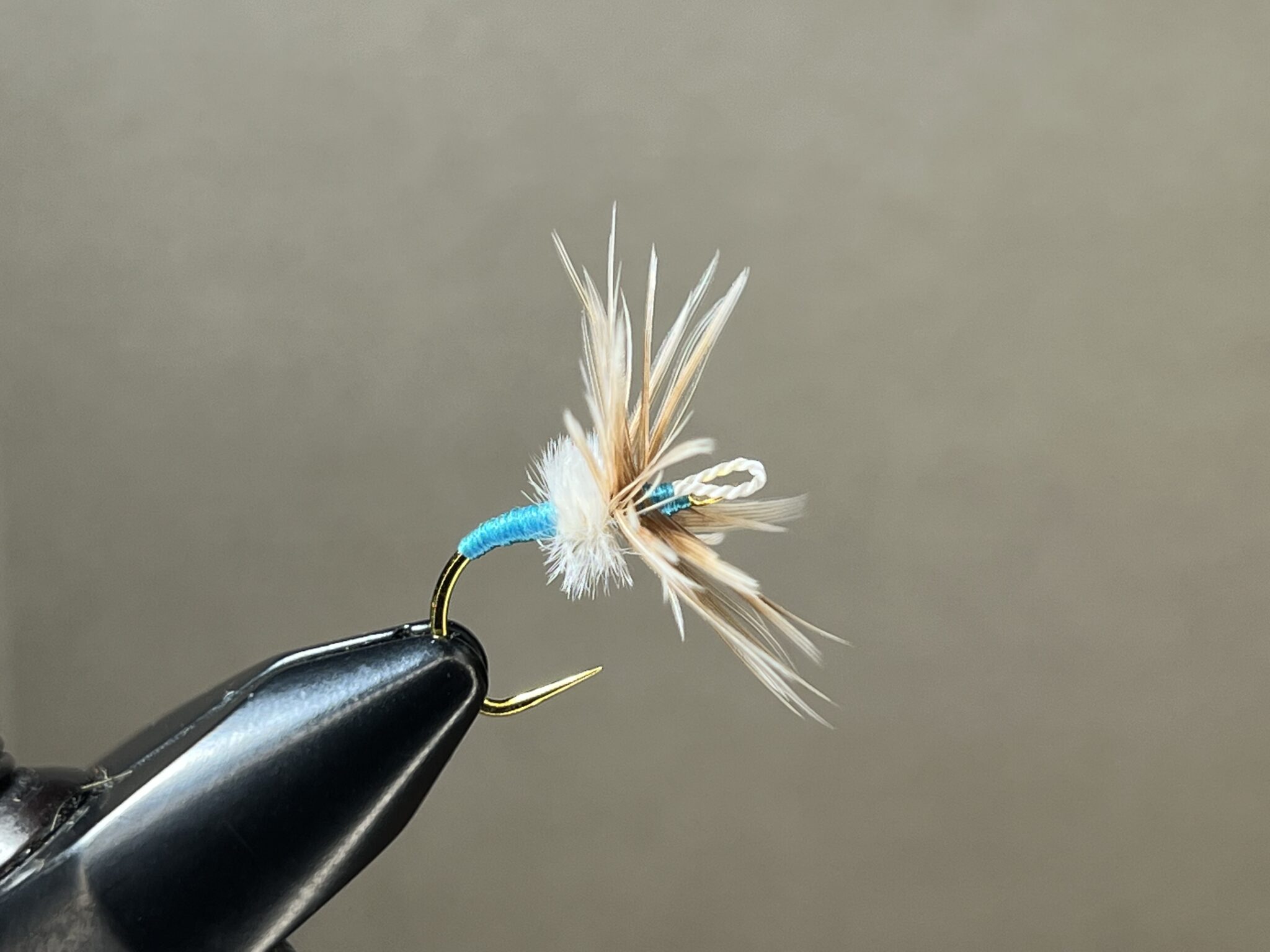
The brighter materials really did glow and I especially liked the way the translucent silk thread looked alive rather than dead like my previous polyester thread versions. And the flash of the gold hook just makes the overall fly sparkle and radiate.
I soon began to think of other colors. I wanted to keep the ostrich herl, lighter hackle and silk loop eye so all I had to do was swap out the thread colors. Thus, the “Silk Road Kebari” became more of a series than a specific pattern. The rule was to keep the basic infrastructure and just see which colors of silk complimented it best.
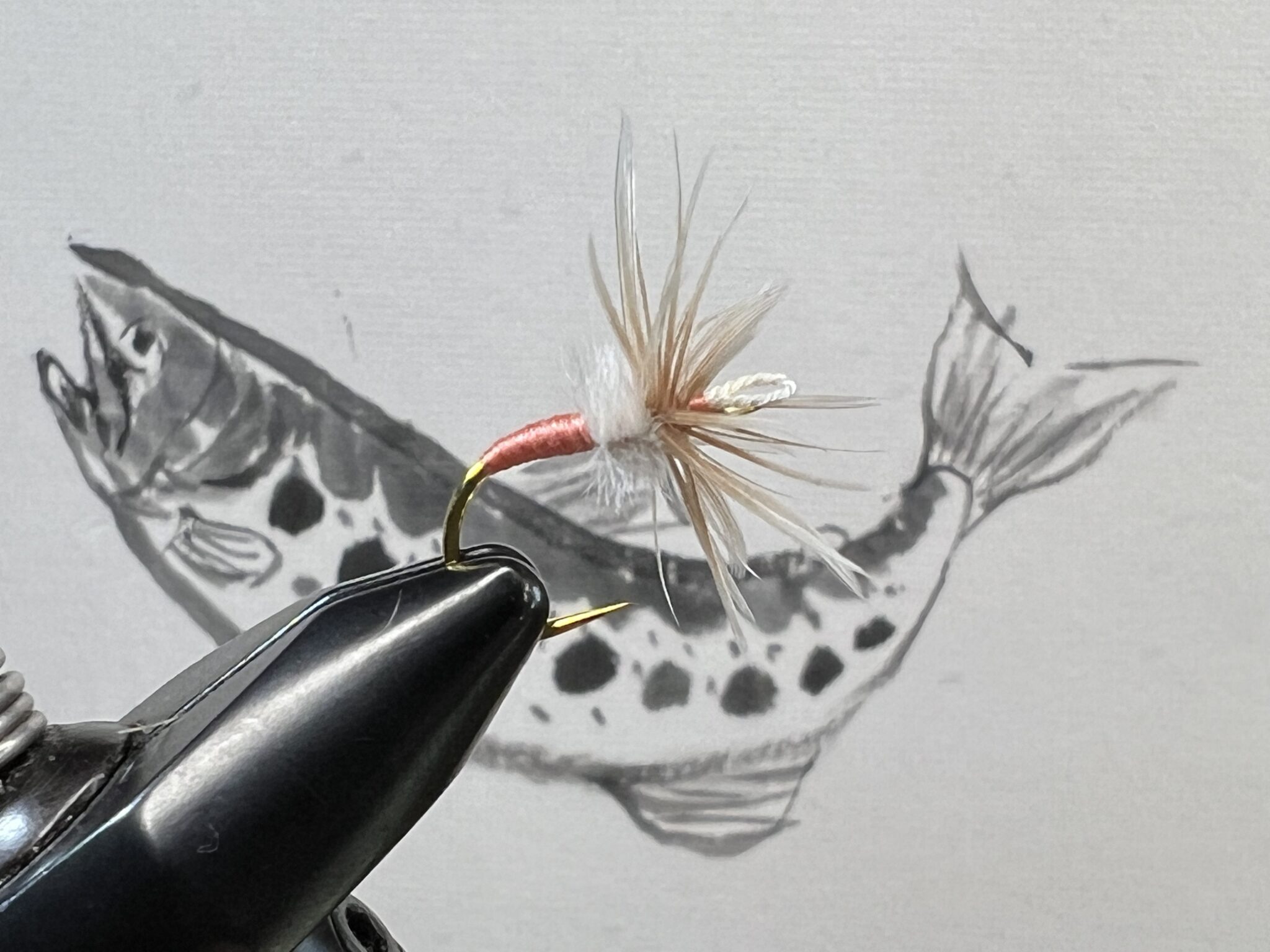
The Silk Road Sakasa Kebari Recipe
Here is my standard template for the Silk Road. Different colors might work better than others on your home waters so I’d encourage you try try at least a few variations.
Hook: Eyeless Bokanuo Shin Kato #3, gold
Thread: YLI Silk cord in pastel color of choice (see examples)
Loop Eye: 2mm (No. 2) silk bead cord, white
Hackle: Cream hen with light brown center
Thorax: White ostrich herl
Abdomen: Same as thread, tapered toward thorax
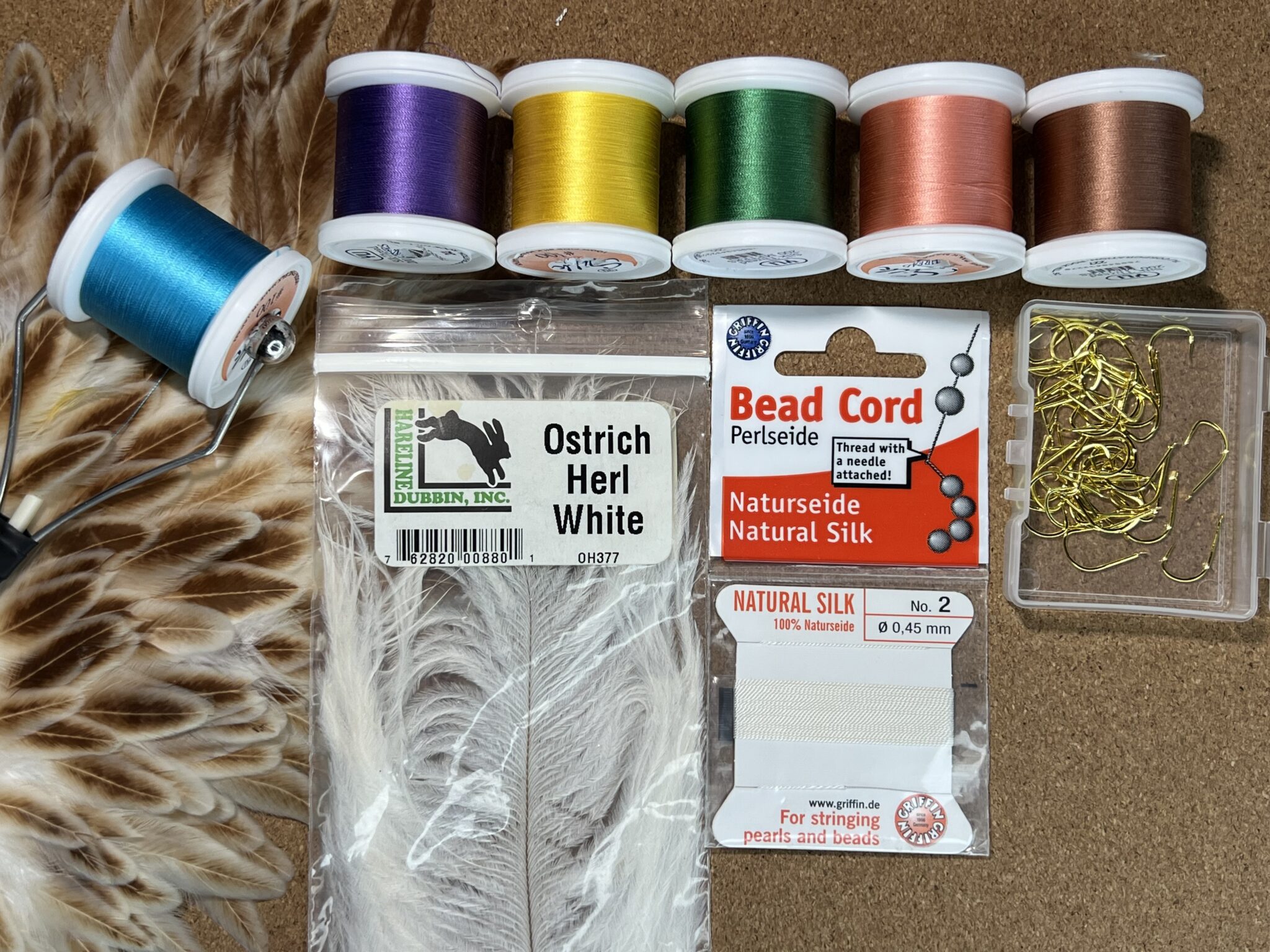
Sources for materials
While the Silk Road is easy to tie, I’ll admit that some of the materials are a bit esoteric; namely, the silk thread, silk bead cord, and eyeless hooks. All of these can be found easily online.
People always ask me where I get my materials and I hesitate to give links to sites like Amazon, Etsy, or eBay because a year from now, those links will be dead (and I’m not going to spend my life going back and checking for broken links on hundreds of articles to make sure they’re still working) so I suggest you simply do a Google search for things like “YLI silk thread”, “2mm silk bead cord”, etc. to get the most accurate results.
However, here are a few links to make life easier (just don’t complain to me if you’re reading this article 5 years after I wrote it that the links don’t work).
Thread: YLI Silk Thread
Loop Material: No. 2 Silk Bead Cord
Hooks: Just like my favorite secret fishing spot, I’m Johnny Tightlips on my source for hooks. If you want the exact ones I use here, you see the name in the recipe so you can do all the legwork just like I did to find them.
I’m sure you can understand why I wouldn’t want it broadcast on the Internet. Tenkara anglers are resourceful so if you diligent and spend some time researching, you might even find something better!
As a substitute, you could just use eyed gold hooks and make a head of white thread to mimic the white silk loop (similar to the old prototype). I happen to know this style works, but I’d rather see you try to stick to my recipe because I think you’ll be very pleased with the results.
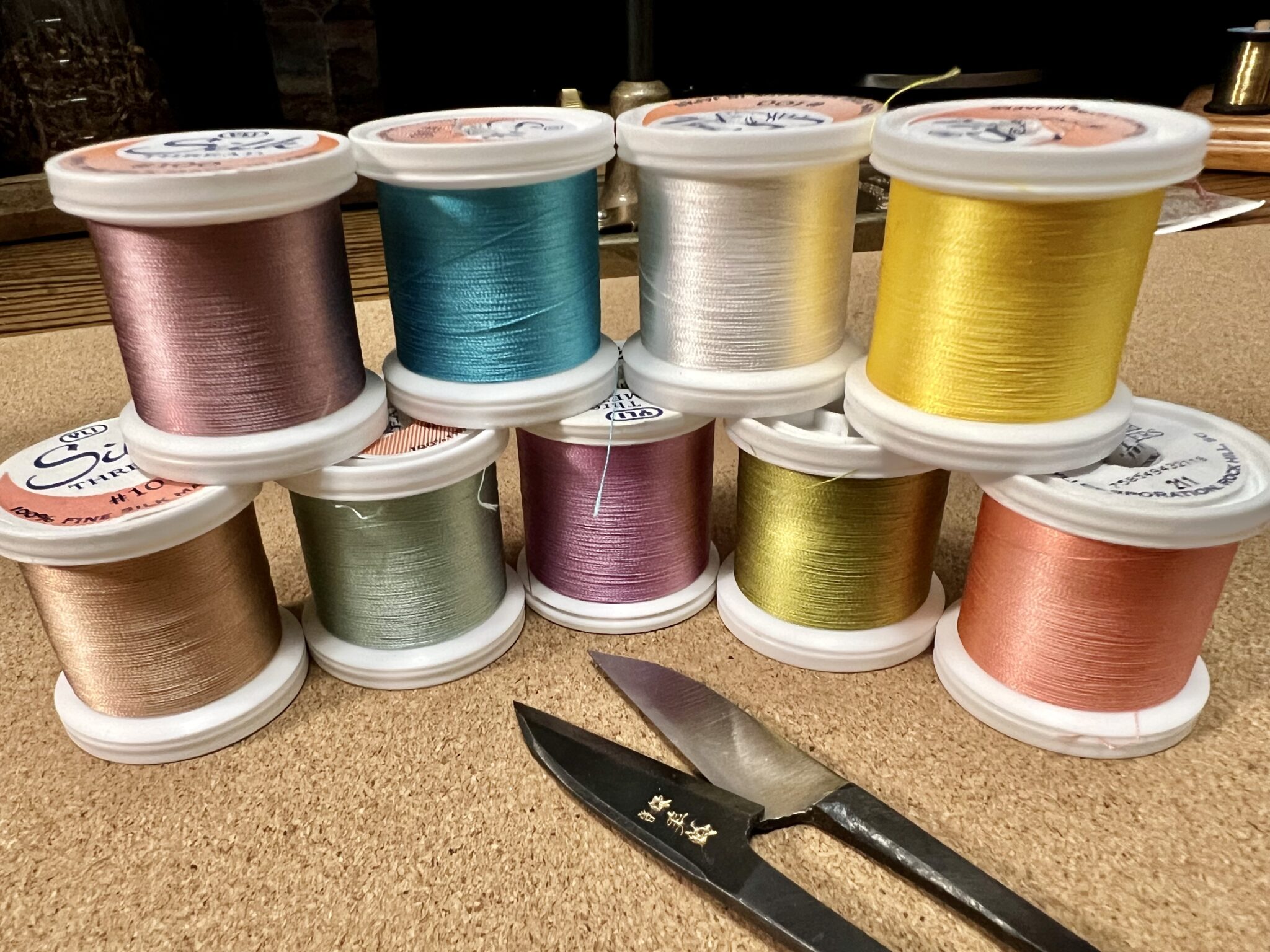
Color Palette
Here are a few closeups of some of my favorite colors. Remember, soft, pastel colors. Watercolor … not oil.
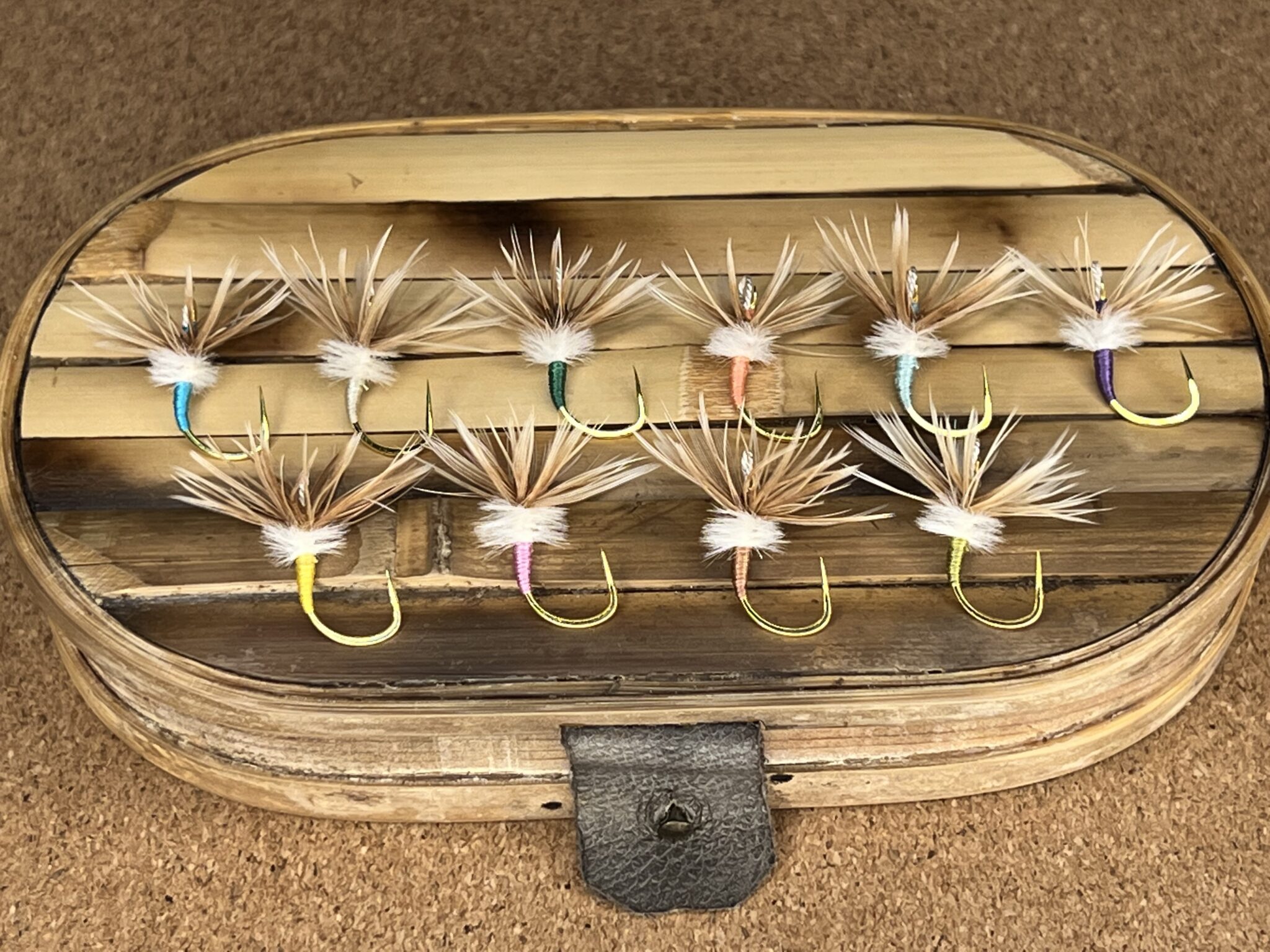
Bright Turquoise (my favorite)
Bright Lilac
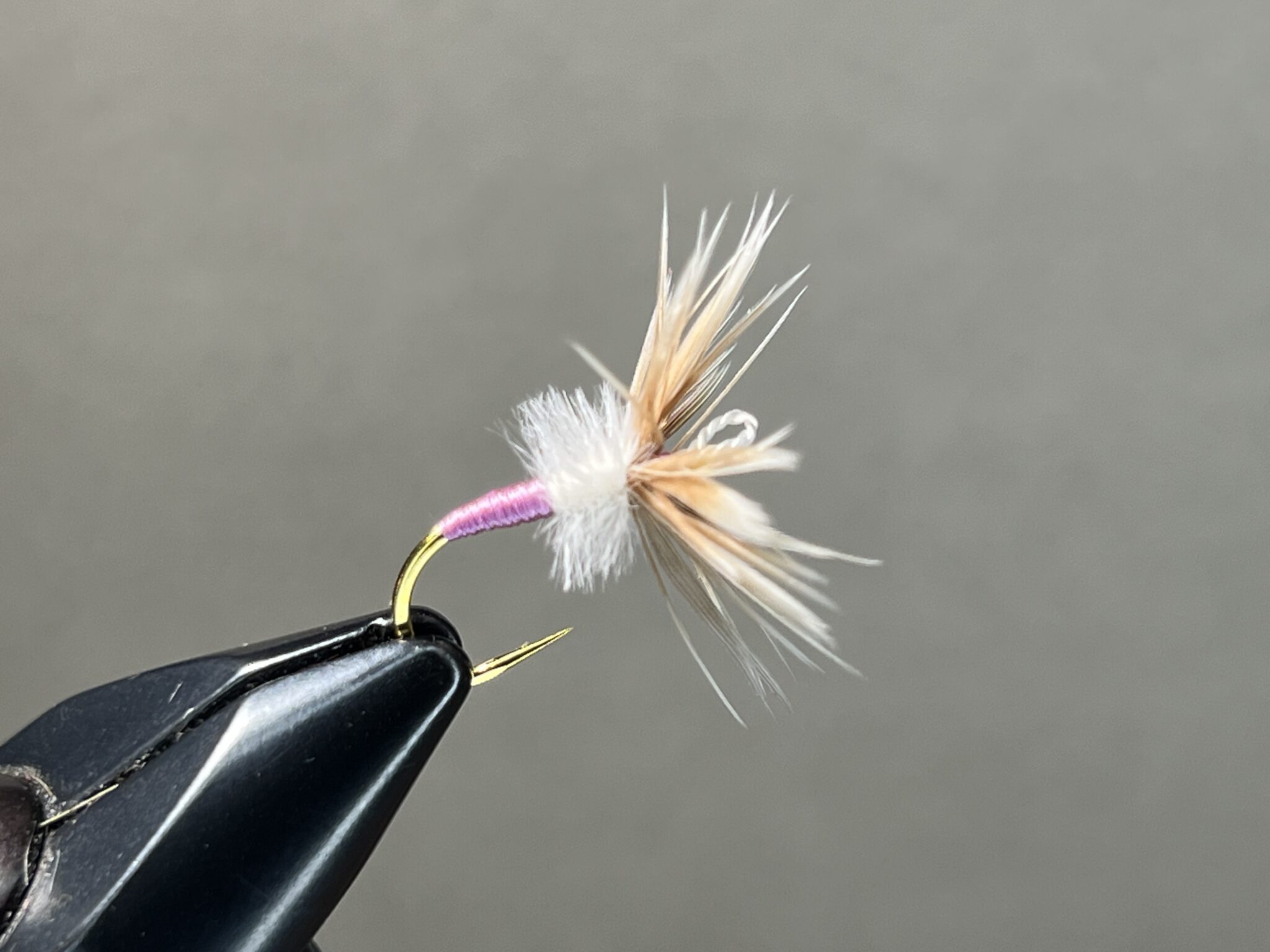
Bitterroot
Natural Silk
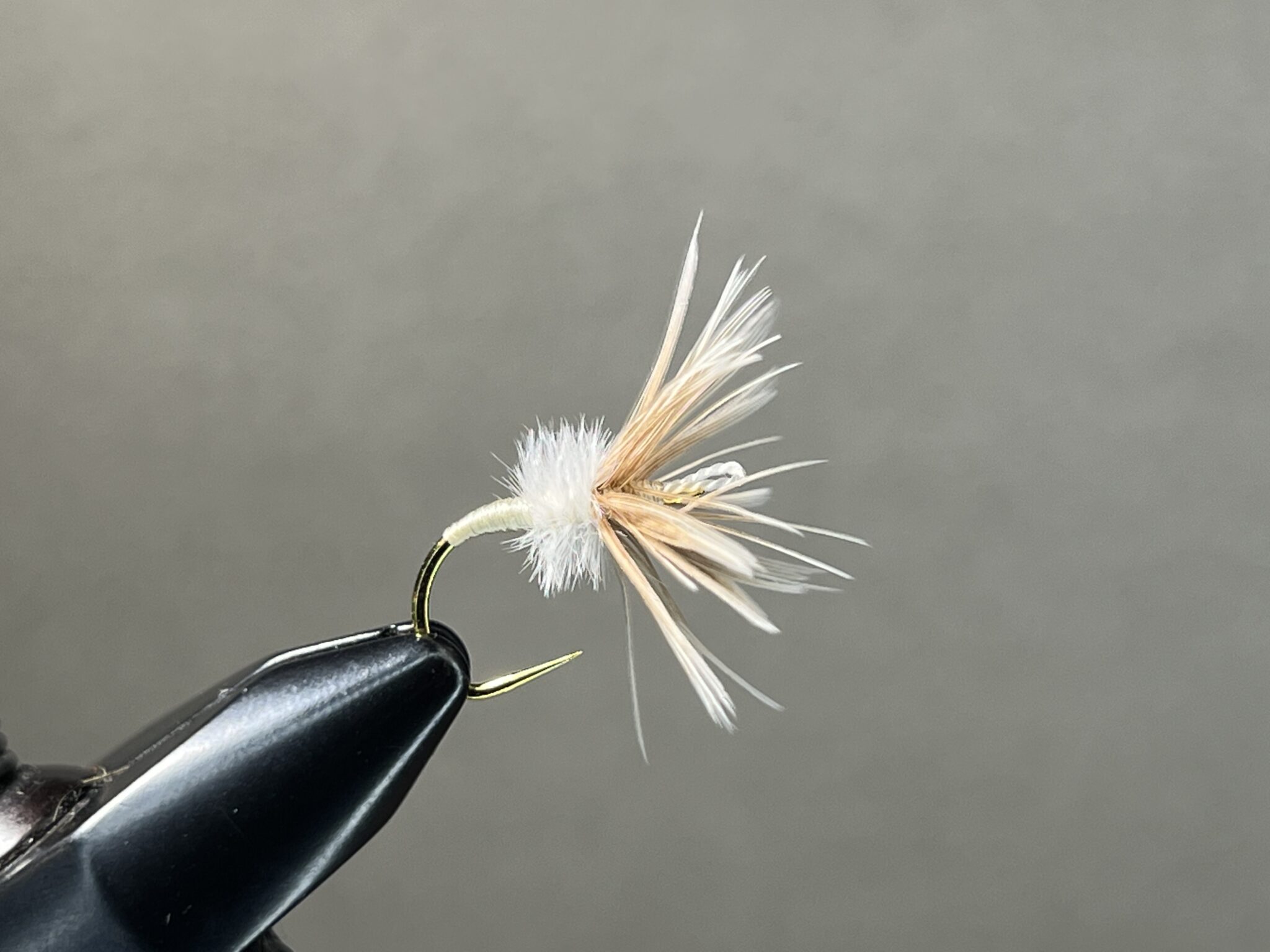
Bubble Gum (my 2nd favorite)
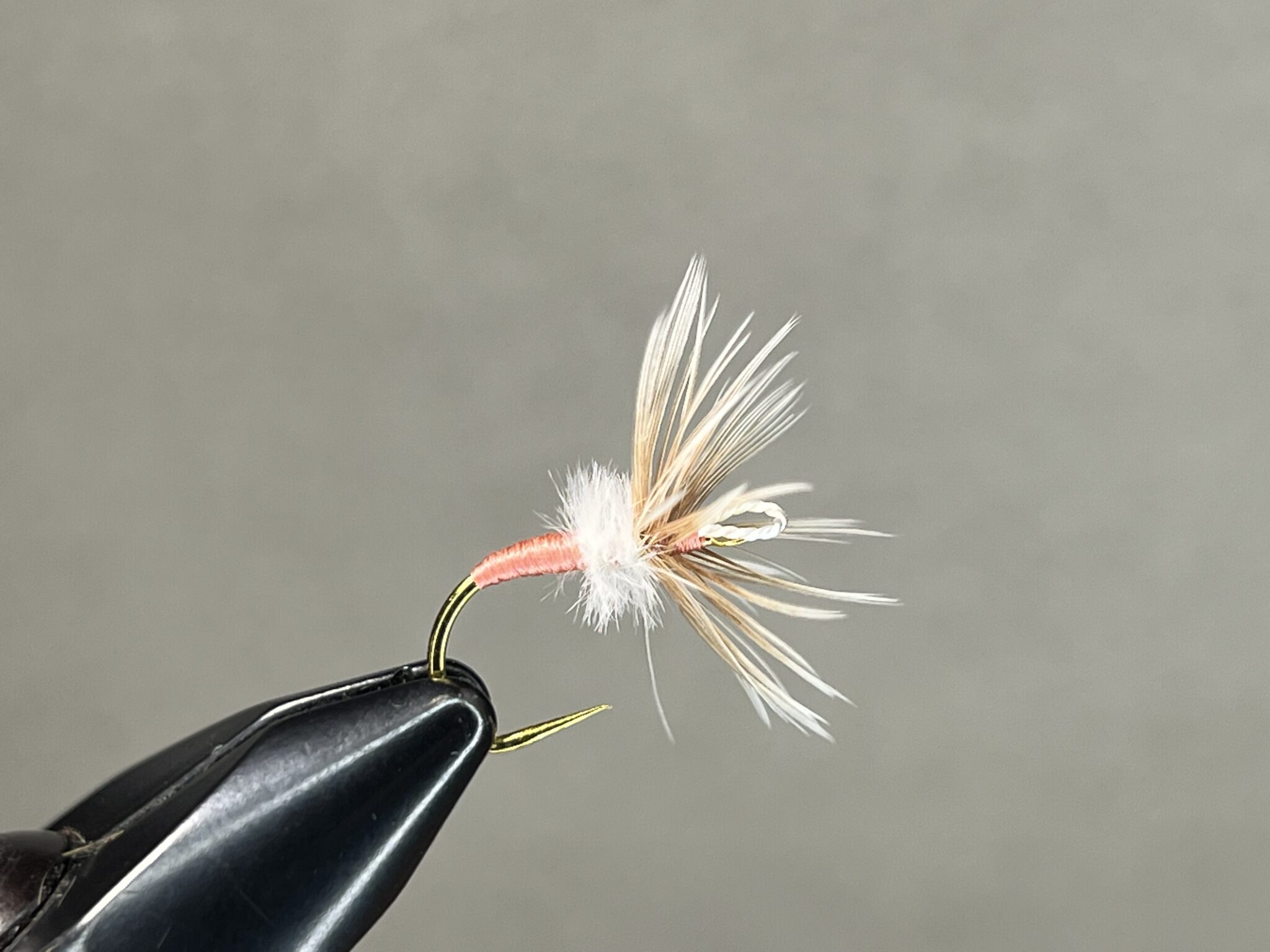
Pale Aqua
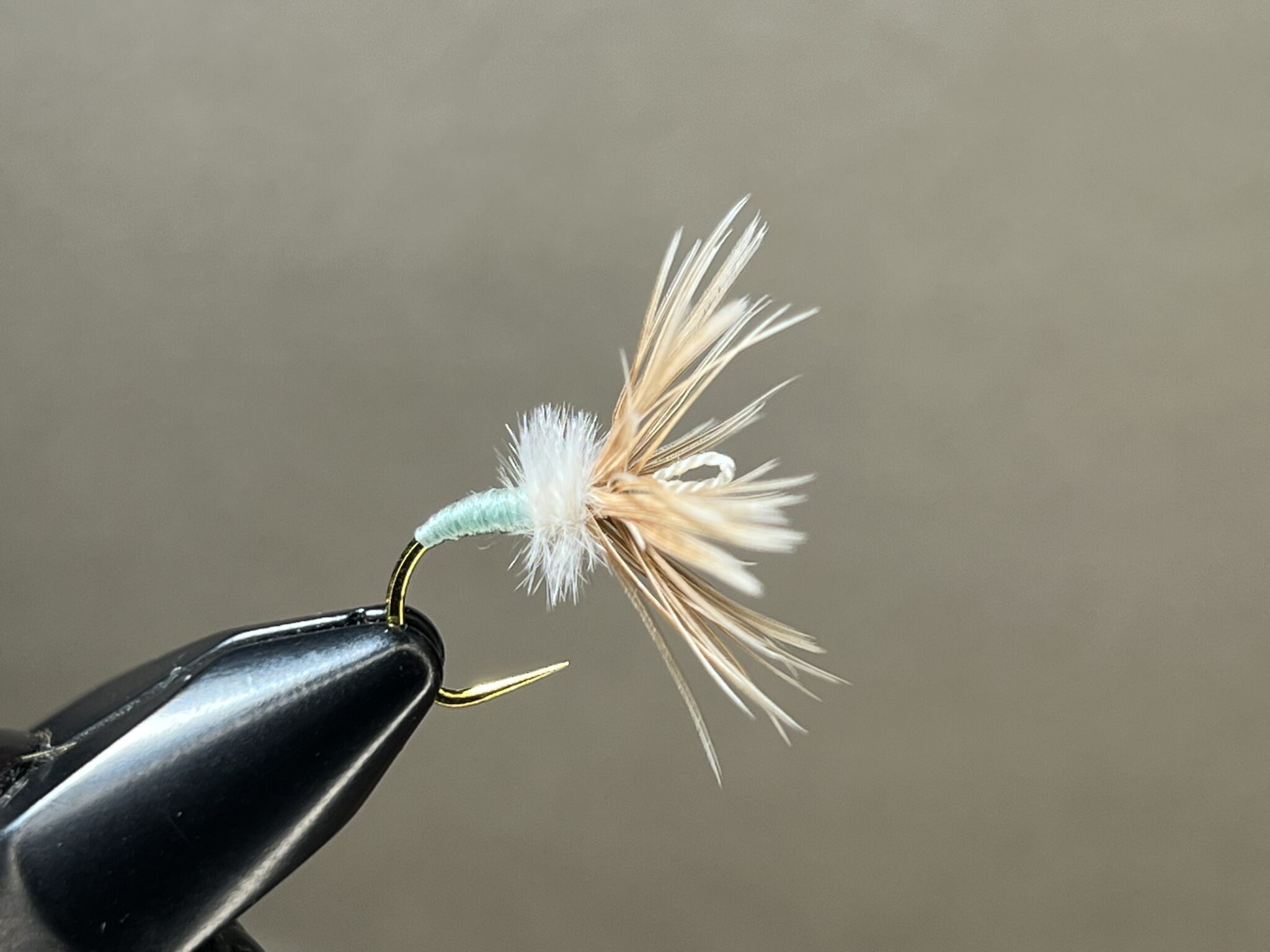
Light purple
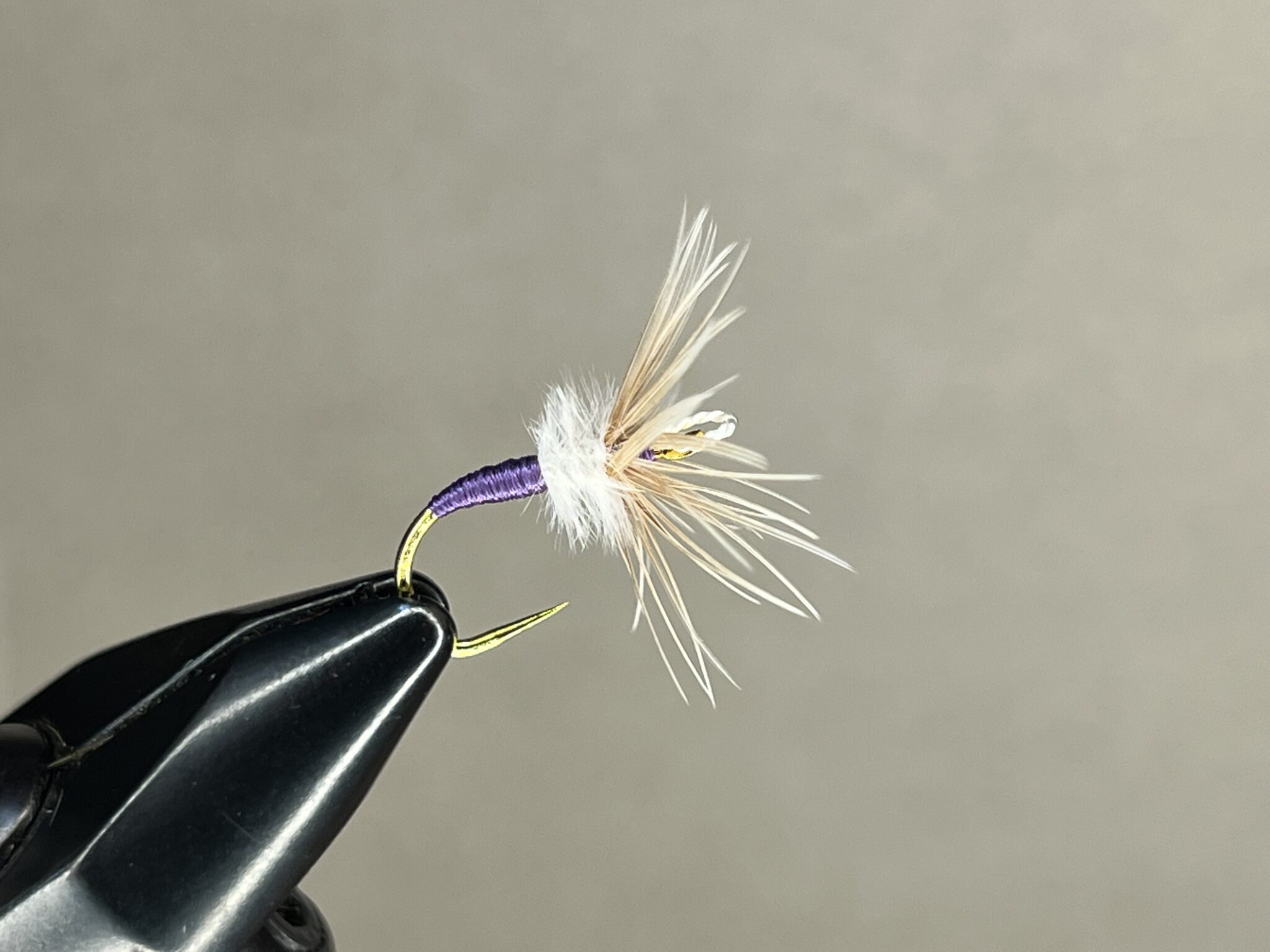
Toad
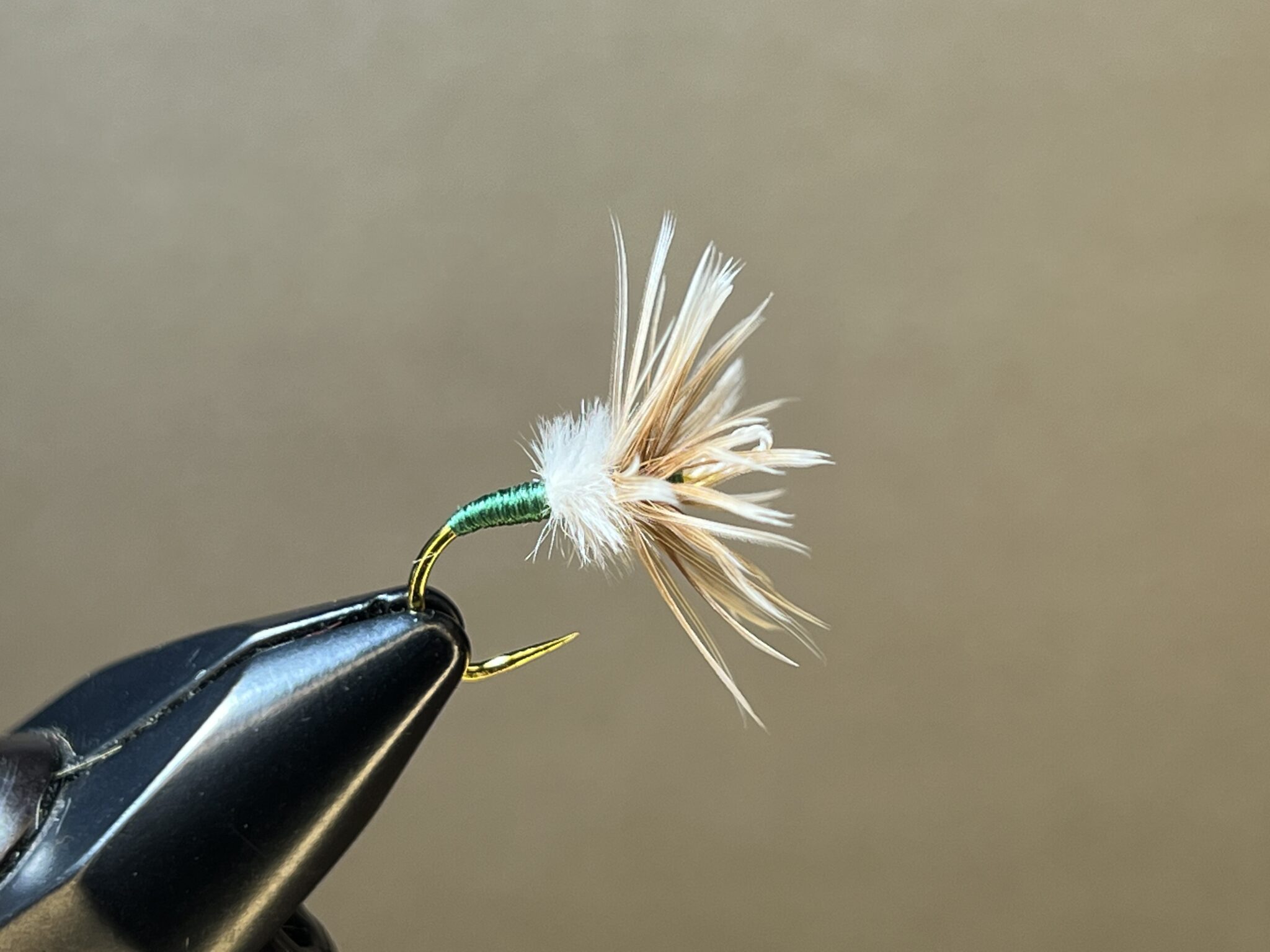
Medium Butter
While I usually encourage tyers to experiment, on this one, I’d recommend trying to sick to the recipe above–there is a rhyme and reason to it. The materials are inexpensive and all available online, but if you really get stuck, contact me.
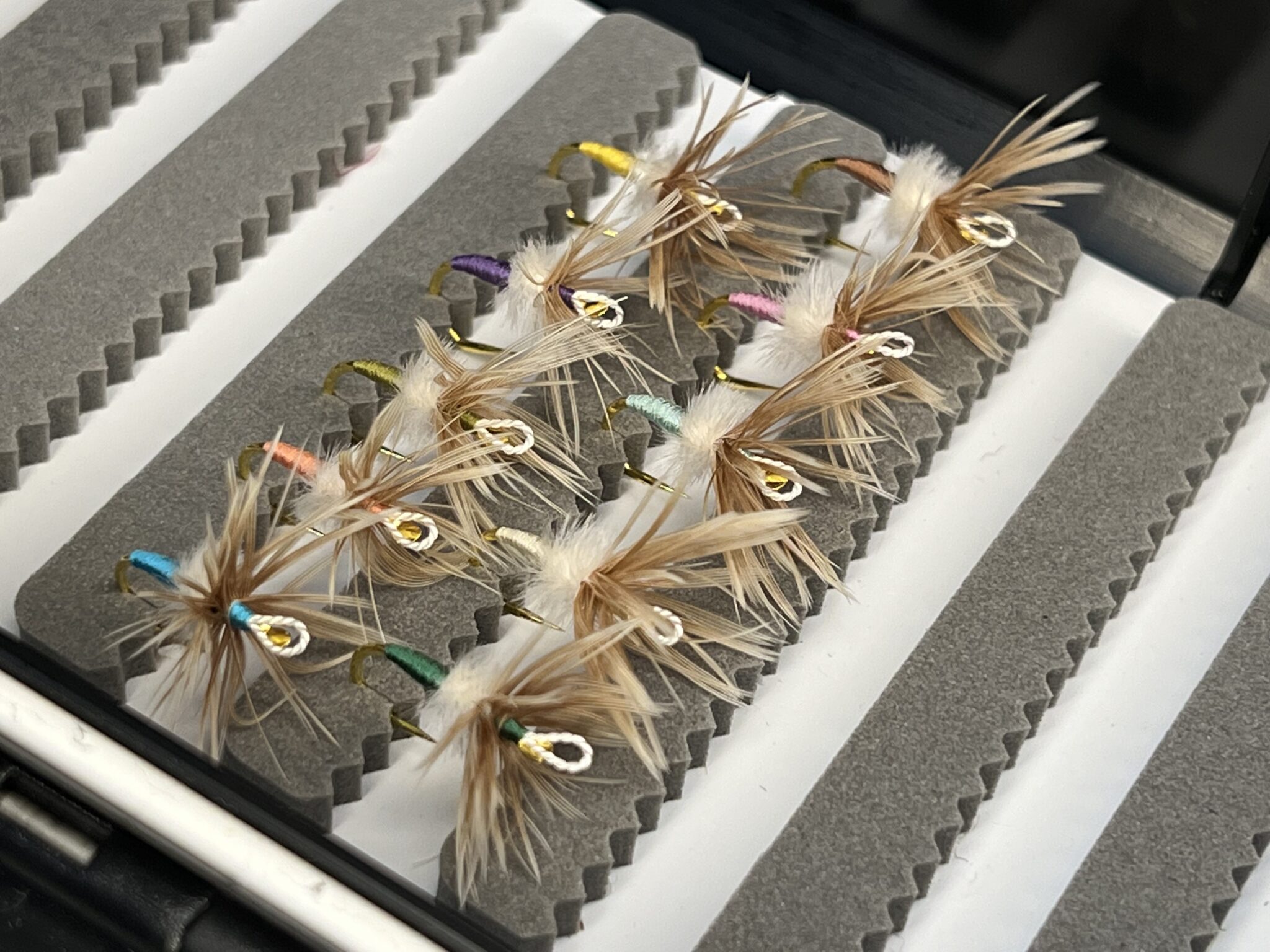


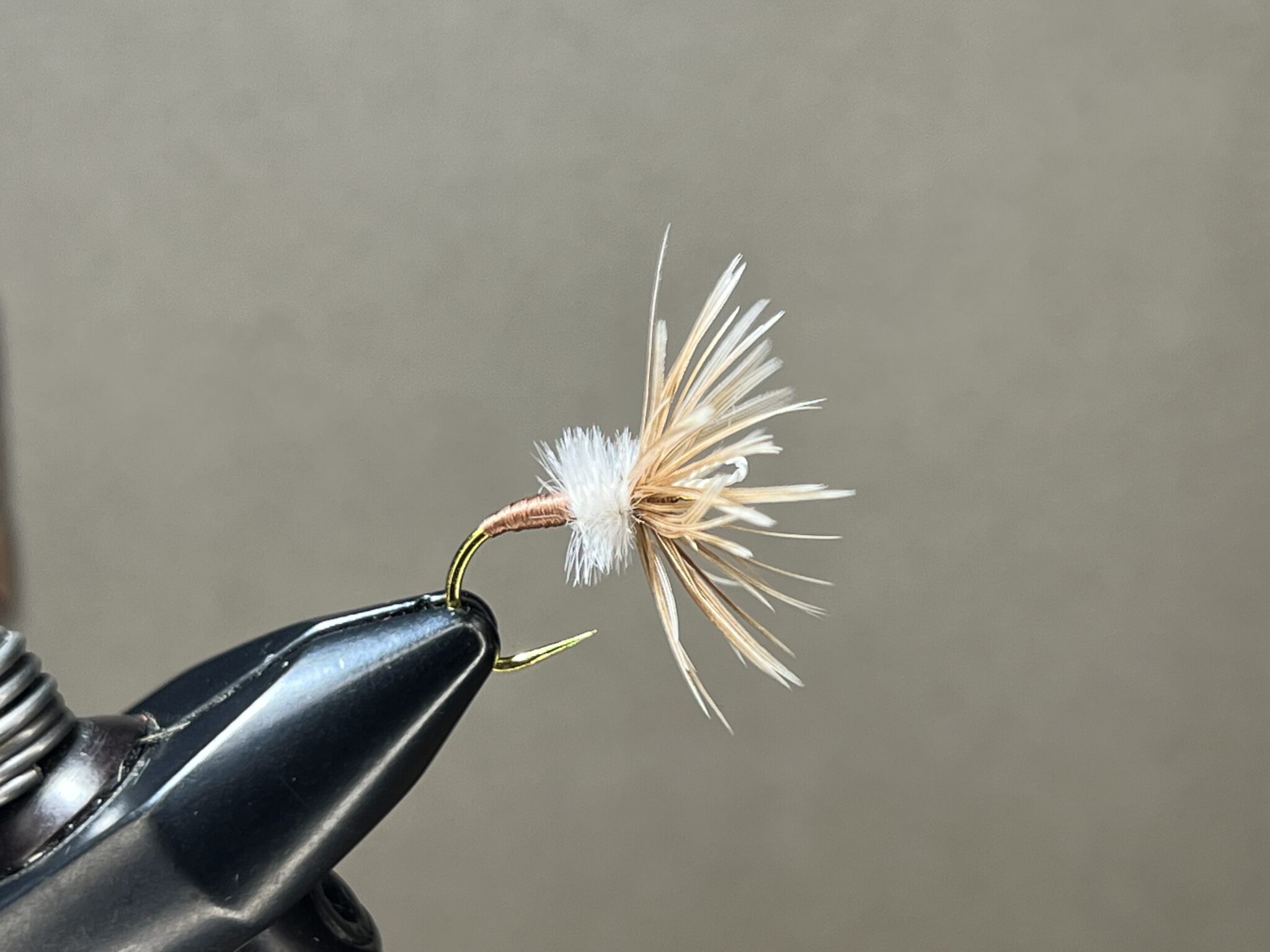
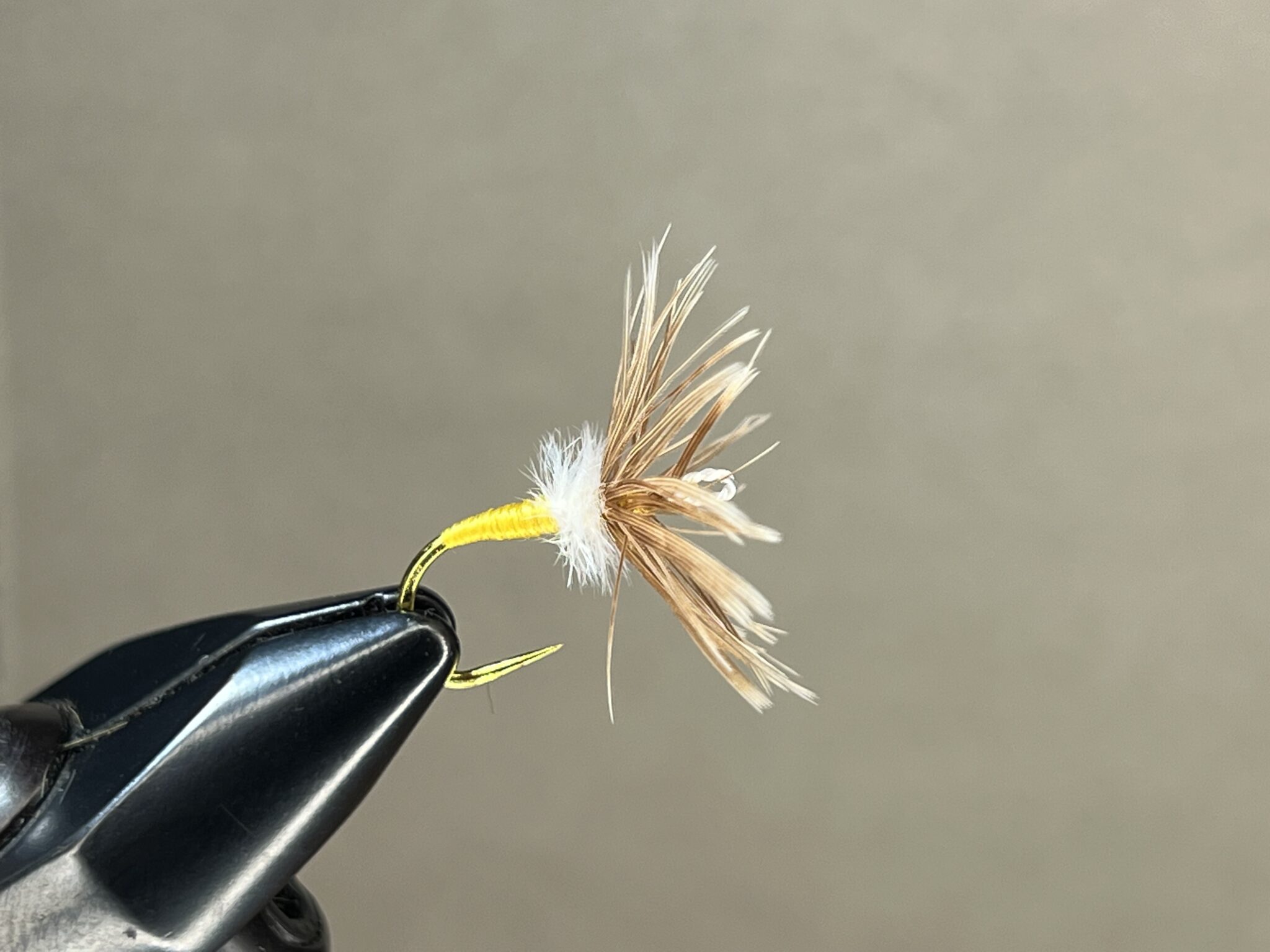






Beautiful flies, Jason!!!!
Brilliant, Beautiful flies and great article.
Great number of colours incorporated to the flies to try and fool the trout…